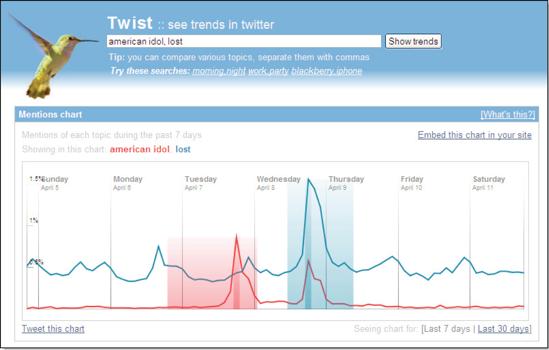Follow everyone who follows you (almost)
Individuals have a lot of choice in whom and how many they follow, but businesses have less latitude. Because when somebody follows you, they're saying, "I'm interested in you and in having conversations with you." When you follow them back, you're sending the same message, which will probably delight them. In addition, following back opens the DM channel (described in Chapter 1), which can be key for customer support.
When you don't follow back, you can appear distant, disinterested or arrogant—exactly the opposite of what your organization is likely aiming for on Twitter.
That said, there are pitfalls to following all your followers. First, it takes time (though there are third-party programs that will auto-follow for you). Second, you can easily wind up following spammers, porn stars and other people you may not want associated with your company.
If you have time to check out each follower, great. If not, we recommend not sweating it too much and following back everyone, though you might skip the accounts with vulgar names.
By the way, if you find that following everyone means you can't keep on top of important accounts, use one of the tricks described in Chapter 5 to keep track of high-priority accounts.

Get The Twitter Book now with the O’Reilly learning platform.
O’Reilly members experience books, live events, courses curated by job role, and more from O’Reilly and nearly 200 top publishers.

